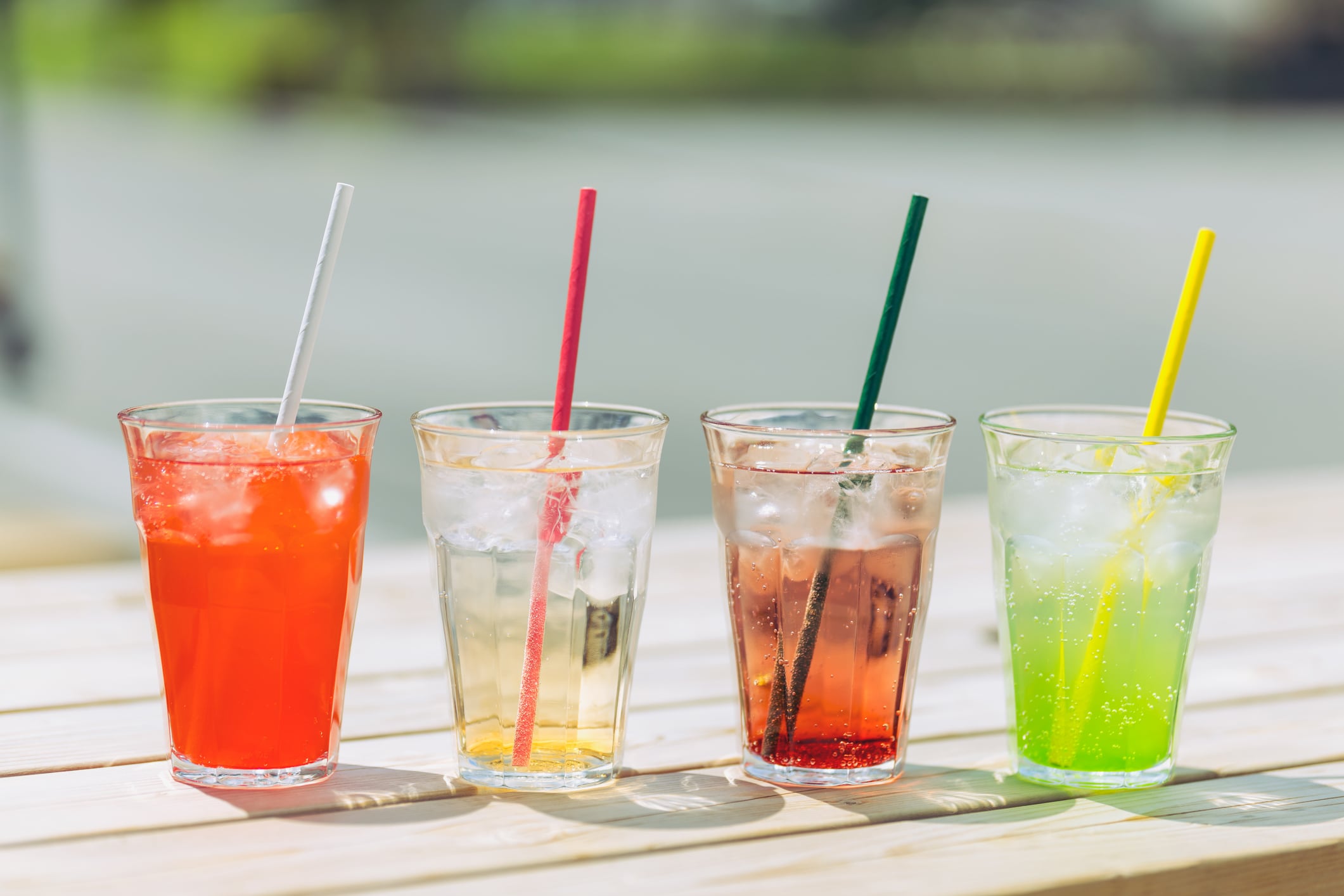For food and beverage companies, complying with additive bans is no longer just about ticking boxes – it is a race against time, rising consumer scrutiny and policy shifts.
From FDA’s deauthorization of red dye No. 3 to California’s bans on additives, including brominated vegetable oil (BVO) and potassium bromate, the regulatory landscape is changing fast. Brands must adapt just as quickly – not only to comply with law, but also to meet rising consumer demand for transparency and clean labels.
That is where platforms like Syndigo come in. The company helps brands manage complex product data and labeling at scale, using AI to deliver real-time insights and simulations.
Data intelligence is becoming a lifeline for food brands under pressure to reformulate, relabel and reassure consumers – all without derailing their bottom line, Tarun Chandrasekhar, president and chief product officer of Syndigo’s product experience management division shared.
“Five to 10 years ago, the clean label conversation was about appeal – organic, ethically sourced, non-GMO,” said Chandrasekhar. “Now, it is more about survival. Brands are asking: ‘How do I eliminate these banned additives quickly and affordably?‘”
Join FoodNavigator April 16 for a free webinar on clean label
Clean label 2.0: Soothing safety concerns and navigating state bans: With a growing list of food additives in the crosshairs of state legislators and FDA revamping its post-market review process for chemicals in foods, many consumers are looking for food safety and ‘purity’ claims alongside minimal processing, assurances of ‘no bad stuff’ and natural colors, flavors and ingredients. We explore how demand for ‘clean-label’ is evolving among consumers, legislators and regulators – and how brands are innovating and renovating to meet their needs.
Speakers:
- Serenity Carr, Co-Founder and CEO, Serenity Kids
- Stephanie Mattucci, Director of Food Science, Mintel
- Brian Sylvester, Partner, Perkins Cole
- Gregory Vetter, Founder & CEO, Tessemae's All Natural
- Elizabeth Crawford, Senior Editor, FoodNavigator-USA
Registration is free, click here to sign up .
The ingredients on the chopping block
In the US, red dye No. 3 is among several ingredients being phased out, along with BVO – linked to thyroid concerns – and potassium bromate, a controversial dough conditioner already banned in Europe and California, Chandrasekhar said.
Large companies like The Coca-Cola Co. and PepsiCo have removed these additives from their formulations, while smaller food manufacturers – i.e. cookie brands and local bakeries – still may be catching up to find replacements, he said.
“There is no one-size-fits-all swap,” Chandrasekhar explained. “Especially with potassium bromate, which is used for texture, companies are experimenting with alternative dough conditioners, but no clear winner has emerged.”
This uncertainty means companies must rely on fast, accurate data. Syndigo’s platform ingests information from multiple sources – supplier data, physical product intake from scanning packages, restaurant menus and even crowdsourced nutrition logs from platforms like Fitbit. That data is then cleaned, standardize, and run through AI algorithms to spot inconsistencies or regulatory risks, Chandrasekhar explained.
“We have seen examples where someone marks a product as ‘rich in calcium,’ but the ingredient list does not support it,” he said. “Our AI catches that before it goes to market, avoiding fines or misleading claims.”
From ‘passive exclusion’ to ‘active justification’
The most dynamic shift related to clean label is philosophical, Chandrasekhar said. Clean label once meant removing ingredients. Now, it is about explaining what is in the product and why. Chandrasekhar described it as the move from “passive exclusion” to “active justification.”
“The next generation of consumers – Gen Z and even Gen Alpha – do not just want to know that something is ‘clean.’ They want to know why it is in there, where it came from, and how it serves them,” he said.
This shift is already fueling innovations like smart labels – scannable QR codes that provide detailed allergen info, origin stories, additive explanations and even sustainability scores, Chandrasekhar said.
Syndigo helped European grocery retailers implement these features, and similar pilots are underway in the US, he added.
What’s next: Personalization and policy volatility
While the long-term trajectory of clean label and transparency seems clear, the near-term picture is foggier.
“This year and next will be tumultuous,” Chandrasekhar predicted. “Federal policy is in flux, agencies are in transition, and lobbyists are reporting a lot of ‘wait-and-see’ behavior.”
But that volatility will not last, he said.
Over a five-year horizon, Chandrasekhar expects the industry to adopt more standardized wellness claims and more AI-powered label validations. Personalization also could move from the website to the grocery aisle.
“The same way your Netflix is different from mine, your label could be too,” he said. “Eventually, we will see personalized food experiences – tailored not just to dietary needs, but to health data, lifestyle, even location.”
A turning point for transparency?
The broader transformation in clean label is as ethical as it is technical, according to Chandrasekhar.
“It is like the shift we saw with tobacco. There was resistance, backlash and delay – but the arc of change moved us toward better public health. I think that is what is happening with food now,” he explained.
The future will favor brands that are not only fast, but intentional – those that embrace transparency not just as a compliance strategy, but as a storytelling opportunity backed by real data, Chandrasekhar added.

